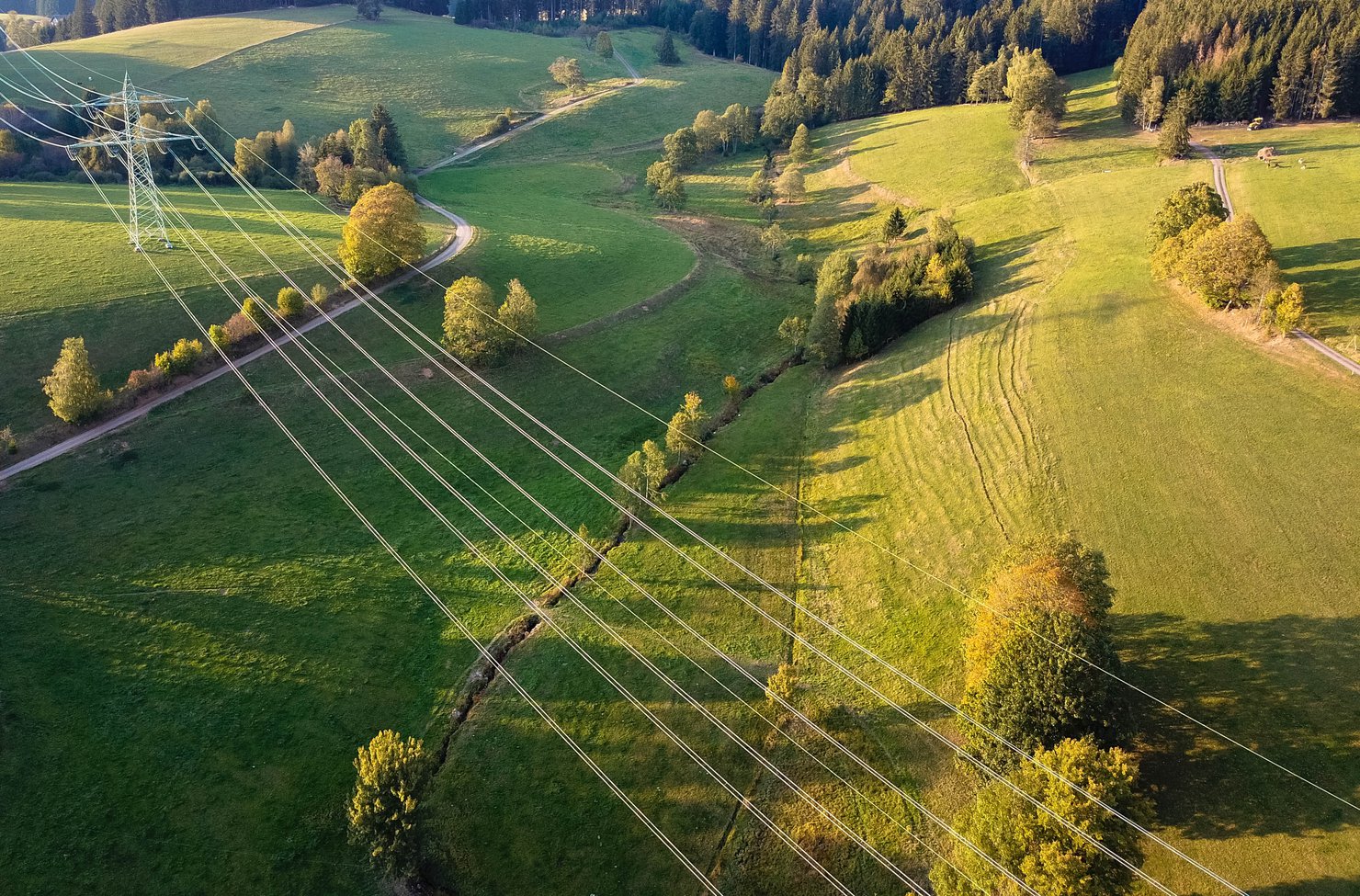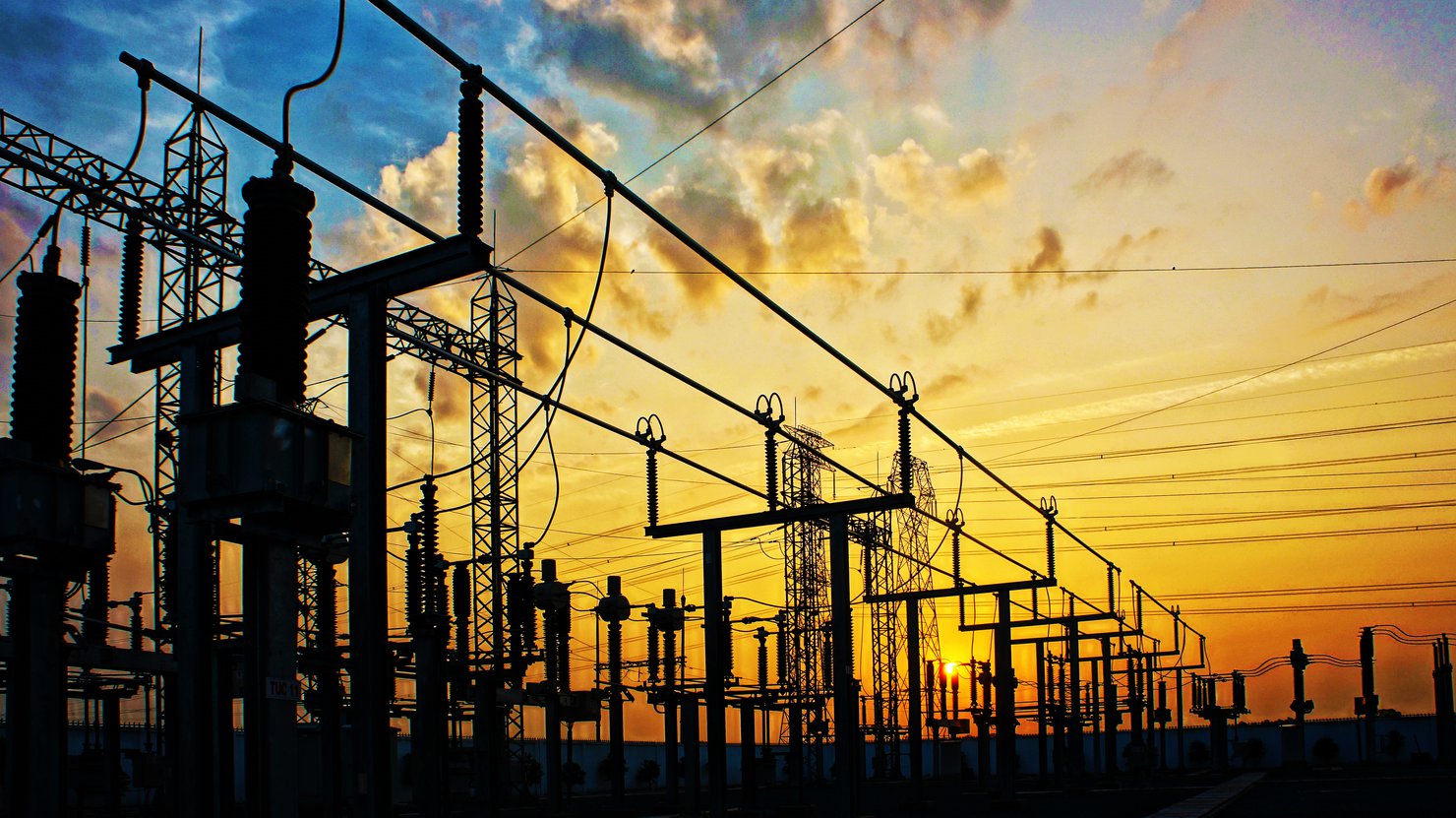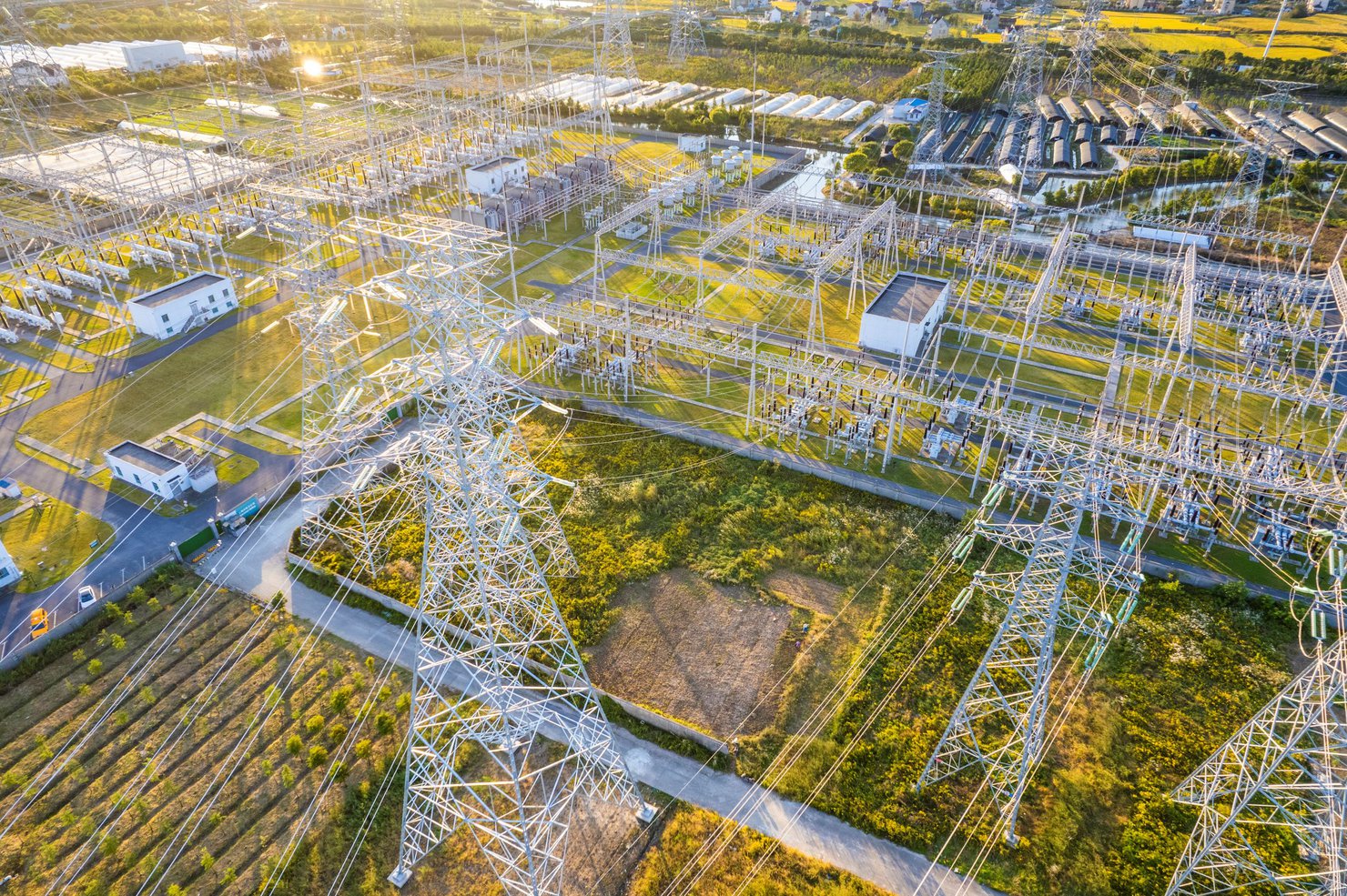The Inflation Reduction Act includes a tax credit for hydrogen fuel that’s produced using renewable energy. To derive the value of the tax credit, the US Department of the Treasury must determine the life-cycle emissions of hydrogen production, including electricity inputs during the production process. However, assessing these life-cycle emissions presents several challenges.
Hydrogen produced from water via electrolysis, known as “green” hydrogen, has potential as a major fuel for decarbonization, with uses in iron and steel, chemicals, transportation and electricity. However, the large amounts of electricity required for production can lead to high life-cycle emissions and significant costs due to the purchase of electricity. To make clean hydrogen more competitive, the Inflation Reduction Act (IRA) has introduced a hydrogen production tax credit (section 45V) with a fairly novel feature: its value depends on the life-cycle emissions of hydrogen production, rather than just the direct emissions at the source. The values are given in the first two columns of Table 1, which shows the substantial tax credits that are available for low-carbon hydrogen.
Table 1. Tax Credits for Low-Carbon Hydrogen in the Inflation Reduction Act

In this blog post, we will explore the choices that the US Department of the Treasury will have to make in calculating life-cycle emissions from electricity consumption in the hydrogen production process. These choices will be of vital importance for the competitiveness of green hydrogen, because the subsidy is available only if the emissions associated with the consumed electricity are extremely clean. This criterion is shown in the final column of Table 1, which indicates how low the carbon intensity of electricity must be for an electrolyzer to achieve the emissions intensities in the middle column. For reference, the carbon intensity of the grid (not including upstream emissions from natural gas and coal production) is roughly 0.4 kilograms of carbon dioxide equivalent per kilowatt-hour. In other words, the electricity consumed must have emissions that fall short of the current grid average by more than 80 percent to receive even the smallest level of subsidy.
In this blog post, we will focus on the question of electricity emissions. However, the Treasury Department will need to make other important decisions when determining life-cycle emissions. For example, Treasury will need to choose which global warming potential to use for each greenhouse gas emitted, given that global warming potentials vary depending on timescale and as our understanding of the science progresses; how to account for the fact that hydrogen itself is an indirect greenhouse gas; and how a consumer of natural gas can demonstrate that their leakage rate is lower than the national average as part of their life-cycle calculation.
What Does the Bill Say?
The relevant section of the IRA (13204) contains two provisions that specify how to calculate emissions from hydrogen production. The first states that the definition of life-cycle greenhouse gas emissions should be the same as in the section of the Clean Air Act that deals with the Renewable Fuel Standard. The second states that life-cycle emissions “shall only include emissions through the point of production (well-to-gate)” as determined by the Greenhouse gases, Regulated Emissions, and Energy use in Technologies (GREET) model. We interpret this reference to mean that the scope of the emissions matches the GREET model’s definition of “well-to-pump” emissions, but that the actual determination of how the emissions are accounted is up to the Secretary of the Treasury.

The US Department of Energy has a similar interpretation of emissions accounting in their recent funding opportunity announcement for hydrogen hubs, in which the agency defines the scope as those emissions associated with feedstock extraction, generation of electricity, feedstock delivery, hydrogen production, and delivery and sequestration of carbon dioxide. This definition means that the emissions from consumed electricity clearly are in scope, as are any upstream emissions from coal and natural gas production. But the definition still leaves a lot to be determined.
We focus on two related questions. The first is, What emissions are associated with consuming energy from the grid? This determination is not as straightforward as one might think. The second is, How can a consumer demonstrate that they are consuming electricity that’s cleaner than the grid average? The Treasury Department will have to answer both of these questions in its definition of life-cycle emissions.
What Emissions Are Associated with Electricity from the Grid?
Various public and private organizations have undertaken major efforts to estimate the carbon intensity of electricity consumption at different times and places. This topic has been the subject of years of discussion, including in the Greenhouse Gas Reporting Protocols for Scope 2 Emissions. In fact, the grid’s carbon intensity varies from instant to instant given the real-time nature of electricity delivery, which makes grid intensity exceedingly difficult to measure with confidence.
In addition, the average carbon intensity of a grid is distinct from the grid’s marginal intensity. The average carbon intensity is the simpler concept, equally attributing electricity emissions to all consumers at a given place and time based on their consumption. Average emissions rates typically are used for greenhouse gas accounting, but they do not represent how much emissions would be caused by an incremental amount of electricity consumption. This latter concept is known as the marginal emissions rate. For example, if an increase in consumption is served by a natural-gas generator that increases its output, the gas generator’s emissions intensity is the relevant marginal metric. Alternatively, if electricity from renewable energy that might not be otherwise consumed (e.g., “curtailed electricity”) is used to generate hydrogen, then the marginal emissions rate would be zero, and the hydrogen might be thought of as carbon free.

With both metrics, the Treasury Department will have to decide which timescale to apply (given that the metrics vary with time) and what regional scale to use. In addition, if the Treasury Department uses the marginal rate, it will face the challenge of how to define and estimate that rate precisely. The US Energy Information Administration has been tasked by the 2021 Bipartisan Infrastructure Law to collect and report data on the average and marginal emissions intensity of the US grid at geographically and temporally granular levels. If and when the Energy Information Administration delivers on this ambitious goal, the Treasury Department could permit the use of that data to quantify the emissions intensity of electrolysis, which otherwise cannot be estimated. However, to date, no data set on marginal emissions rates has been endorsed officially by the US government.
Although the Energy Information Administration recently has released hourly estimates of national average emissions rates, this information alone is unlikely to be useful for the purposes of the hydrogen tax credit for several reasons. One such reason is that, in the four years during which the data has been reported (2018 to present), the national average emissions rate has not fallen below the most lax threshold in Table 1 for even a single hour.
How Can a Consumer Demonstrate Their Consumption of Clean Electricity?
One might assume that reducing carbon intensity could be possible through direct consumption of carbon-free energy, in lieu of consuming power directly from the grid. In practice, the situation is not so straightforward.
Due to the physics of electricity, one cannot ascribe electricity consumed at one point on the grid to any particular generator. As a result, the only way to physically demonstrate the consumption of clean electricity is to establish a direct connection between the generator and consumer, in the absence of any connection to the rest of the grid.
Establishing such direct connections will not be practicable for consumers in general; instead, several approaches have been developed to demonstrate the consumption of clean electricity. The first is a power purchase agreement, in which a consumer purchases clean power directly from a generator, with both consumer and generator on the same grid. With a power purchase agreement, the consumer counts the consumption of clean power only during the hours when the generator is generating, which may be a limited number of hours due to the low capacity factor for renewable generation. Some providers are exploring contracts that combine the output from many clean generators and storage into a composite product that yields clean energy with a high capacity factor. So-called “virtual” or “synthetic” power purchase agreements also are available, which do not involve the physical delivery of electricity to a consumer. Despite their name, these contracts mainly involve hedging price risk, and the purchaser is not in fact consuming clean electricity in these settings.

Another method that some argue can demonstrate the consumption of clean power is through a renewable energy credit (REC)—or, more generally, a clean energy credit—which represents the clean attributes of the power generated and which can be traded. Such instruments exist and are used by US states to comply with renewable portfolio standards (RPSs). By “retiring” these “compliance RECs” so that they cannot be used for compliance with any other policy, additional clean energy must be generated to meet the RPS (if the RPS is binding), which thereby increases the overall amount of clean energy on the grid.
“Voluntary RECs” also exist, in which the credit cannot be used to comply with any state policy. Widespread skepticism exists over whether acquiring and retiring these voluntary RECs has any substantive impact on clean energy generation. Some REC registries have begun to move to new instruments, known as Time-based Energy Attribute Certificates, which can be used to attribute the supply of clean power to the location and hour of production. These new instruments may improve the situation, but more work needs to be done to demonstrate the associated impact on clean energy generation.
Even with compliance RECs, the effect on carbon emissions is not straightforward. For example, retiring a compliance REC does not guarantee that any additional clean energy will be contributed to the grid if the grid already contains more renewable energy than policy requires. Furthermore, many different definitions exist for what qualifies as “renewable energy” for a REC depending on the state, and some states offer more than one REC per unit of generation for specific types of generation. Many states also have alternative compliance payments, meaning that RECs can effectively be created by paying a fee instead of generating renewable electricity. As such, understanding how to translate RECs into carbon abatement is challenging, with any rigorous connection likely requiring more research.

Conclusions
The US Department of the Treasury is faced with a difficult challenge in defining life-cycle emissions from electricity consumption, and the choices it makes will have far-reaching consequences for a potential hydrogen economy and subsequent emissions impacts, both of which may be large. These types of decisions stray far from the usual expertise of the Treasury Department, which likely does not wish to be in the position of adjudicating complicated requirements.
An inevitable trade-off will arise in these considerations, between simplicity and accuracy, and each choice offers a different degree of rigor with respect to the real-world emissions that result from electricity consumption. We do not pretend that an optimal solution is easy to identify, and we continue to explore further research to inform these important questions. We hope that the Treasury Department will seek out the best information available and that the department will ensure a rigorous evaluation of the trade-offs as it navigates this complex area.








